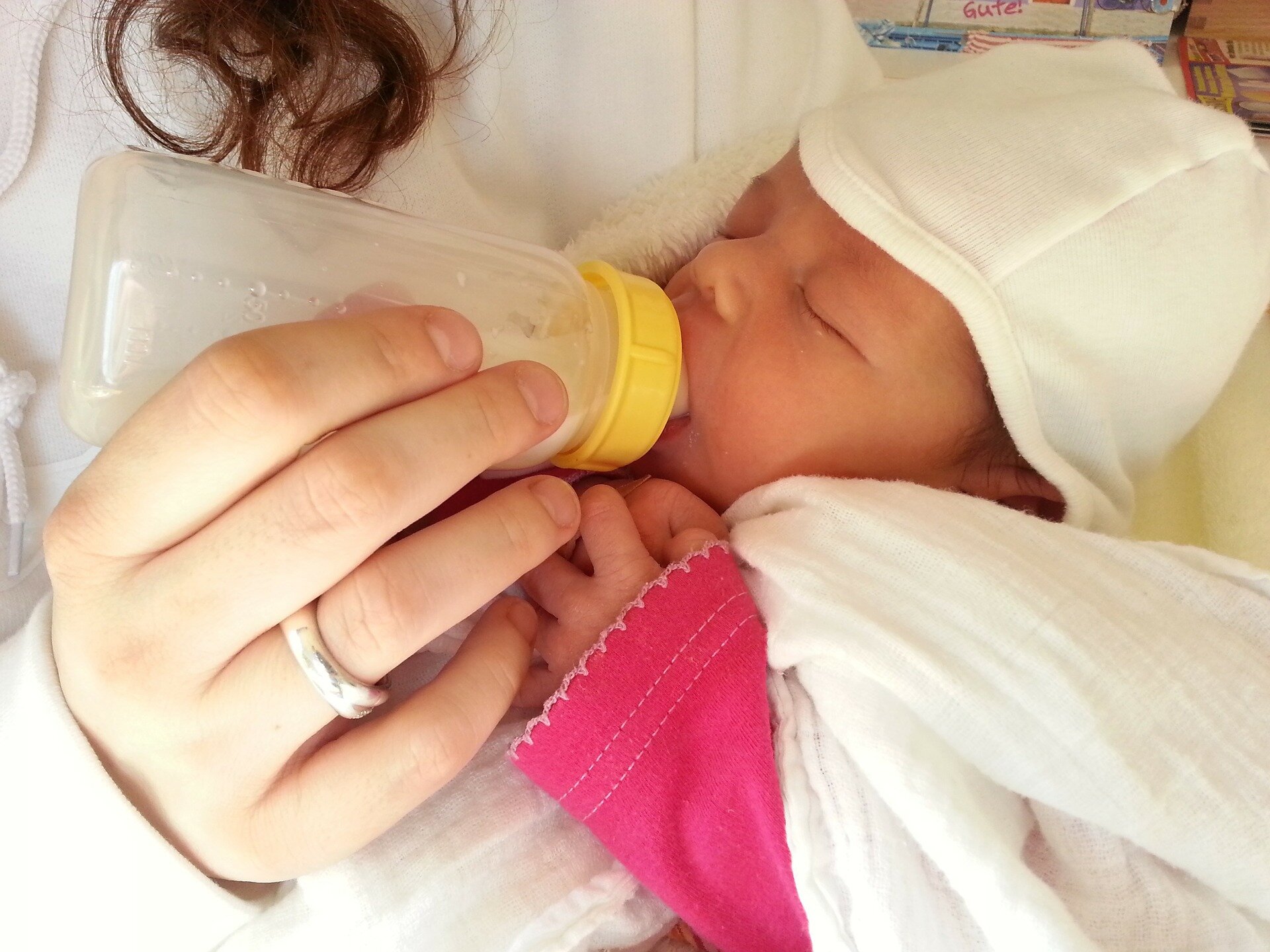How to gently stop feeding your baby or child to sleep
I get asked so many times “How do I stop feeding my baby or toddler to sleep so that they can start sleeping through the night”? I firstly would like to say, that feeding to sleep maybe one of the reasons your child is waking but is likely not to be the only reason.
You maybe wondering if it is okay to feed your baby or older child to sleep. Of course it is, you need to what feels right for you and your child.
As with anything in life there are positives and negatives to feeding your child to sleep, as a child sleep expert, it is my role to share how this sleep association can impact on your baby’s or child’s sleep quality.
If you have a newborn baby, feeding to sleep is completely natural, nourishing and comforting. Having said that, you may wish to consider introducing other ways that your baby can fall asleep, such as in the sling, buggy/pram, or laying down the crib with shushing and patting after a feed. This may make it easier to remove feeding to sleep at a later date if you choose to.
If your child is an older baby, toddler or preschooler and is experiencing frequent night wakings, shorter naps and/or early rising. One of the reasons for this could be due to feeding to sleep.
For example, if your child feeds to sleep at bedtime, they will need this method of falling to sleep everytime they transition through their sleep cycles. In summary, when your child falls to sleep feeding, moves into lighter sleep, then into deeper sleep and back into lighter sleep, they need the same support you offer during bedtime and other resettles in order to fall asleep. This is how they associate how to fall asleep.
Here are my 4 first steps on how to gentle stop feeding to sleep
Start at bedtime
Start making any changes at bedtime only. This means that you don’t need to feel overwhelmed about making changes to night time sleep or day times too. You can start making changes to those times once you are confident at bedtime. Melatonin (the sleepy hormone) is also high at night, which is a great time to start trying to gently removing feeding to sleep.
Reduce Overtiredness
Trying to remove feeding to sleep when your child is overtired is a recipe for a disaster. If they are overtired cortisol levels are already elevated making it already a challenging task to help them to fall asleep. If your child is of napping age, try to ensure naps are optimised first. If that isn’t possible or your child no longer requires naps, try to bring bedtime earlier to reduce overtiredness and set yourself up for winning with removing feeding to sleep.
Self Regulation
For older children, perhaps those who are closer to the age of 1 and above, try to start changing the association with feeding during the day. For example, if you use feeding as the only way of calming your child when they are upset, overtired, or hurt themselves, this is the way they know how to regulate their emotions. Before starting to remove feeding to sleep, it is important to start laying the foundations for self regulation in other ways during the day. This maybe with reading, playing, time outdoors, cuddles, or other gentle distraction techniques.
Other Sleep Associations
One gentle way to remove feeding to sleep is by weaning off the main sleep association, e.g feeding by introducing another sleep association. The steps involved shall look different in each family and for each child. One example could be moving your child from feeding to rocking or swaying to sleep.
There are my 4 key tips to help you start to remove feeding to sleep gently.




